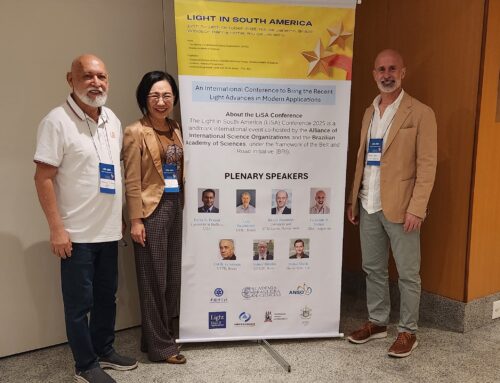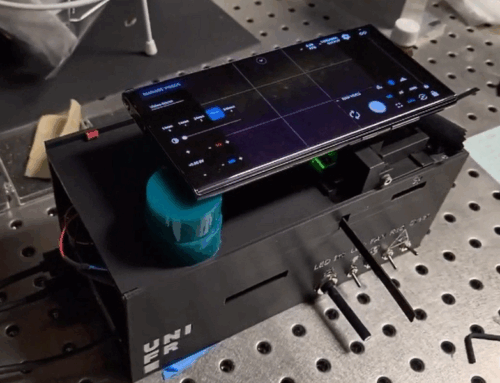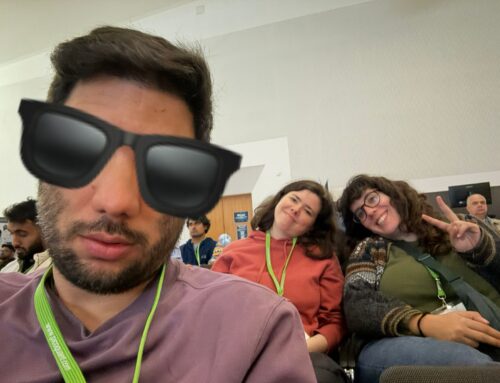Optical printing is a wonderful tool to fabricate arrays of colloidal nanoparticles on solid substrates. However, when a nanoparticle absorbs light, it heats up and generates very large temperature gradients. In turn, those temperature gradients produce thermo-phoretic and thermo-osmotic forces that are strong enough to disturb the optical manipulation of nanoparticles at close separation distances.
In our recent publication in Nano Letters, we evaluate and quantify the influence of thermo-osmotic and thermo-phoretic processes at the nanoscale during the process of optical printing gold nanoparticles.

We found that the minimum separation distance at which identical nanoparticles can be printed optically on substrates can be modulated by engineering heat dissipation. For example, using a sapphire substrate coated with graphene we achieved maximum heat dissipation and managed to connect two gold nanoparticles by optical printing.
This work is part of our standing collaboration with the group of Prof. Stefan Maier at Imperial College London, now on the move to LMU Munich. The group of Prof. Felix Requejo at INIFTA (La Plata, Buenos Aires) provided us with the reduced graphene oxide substrates.
Nano Letters 17 (2017) 5747–5755
“Understanding and Reducing Photothermal Forces for the Fabrication of Au Nanoparticle Dimers by Optical Printing”
Julian Gargiulo, Thomas Brick, Ianina L. Violi, Facundo C. Herrera, Toshihiko Shibanuma, Pablo Albella, Felix G. Requejo, Emiliano Cortés, Stefan A. Maier, Fernando D. Stefani



